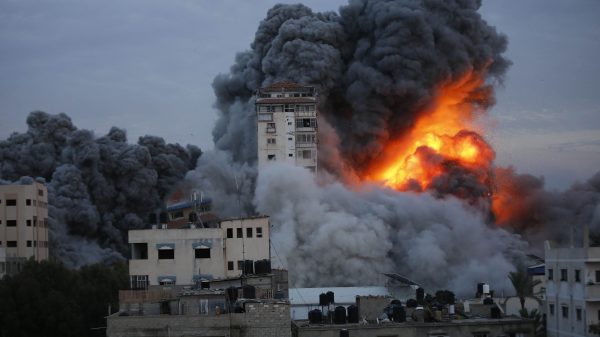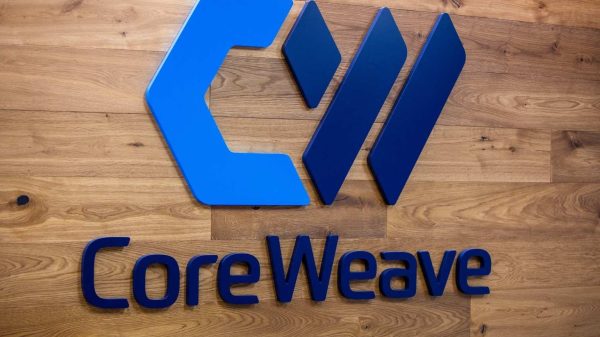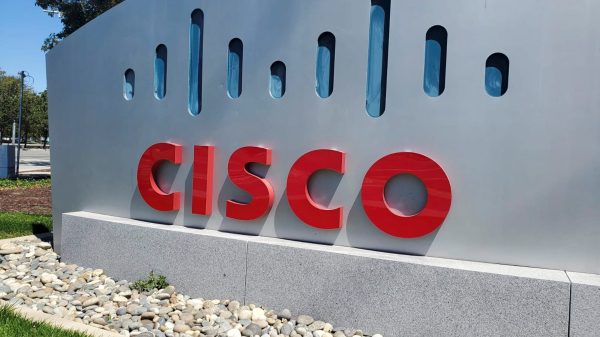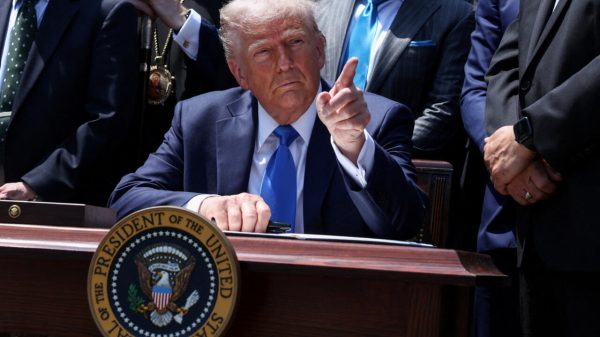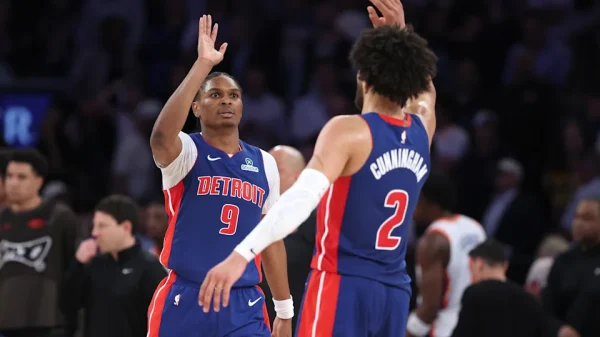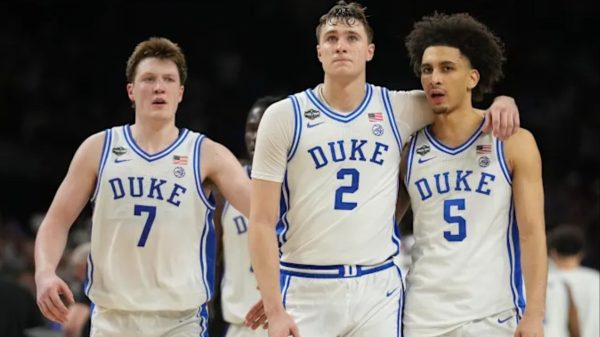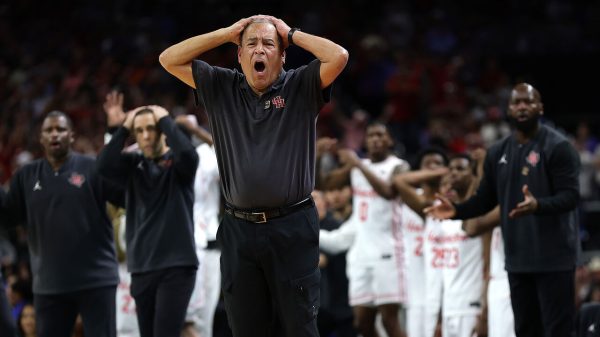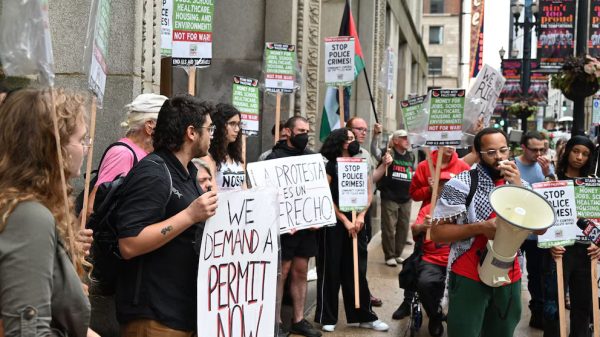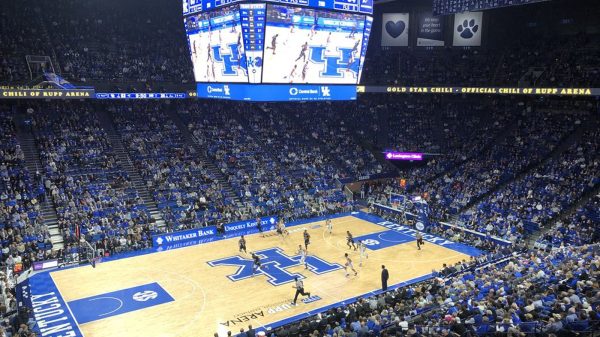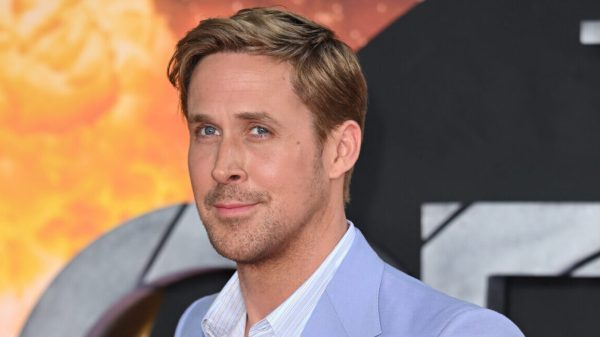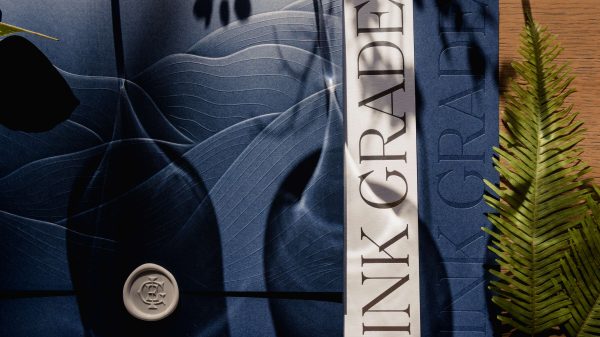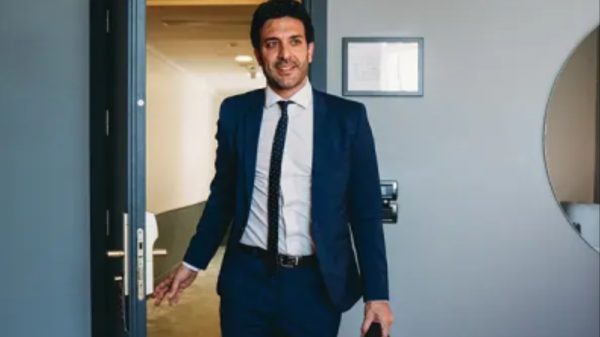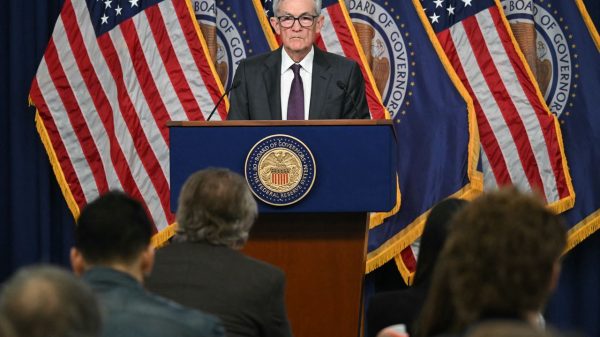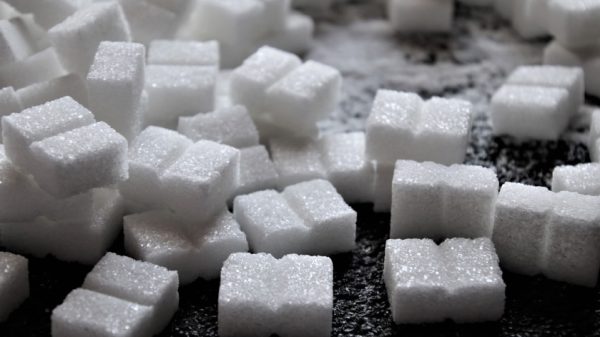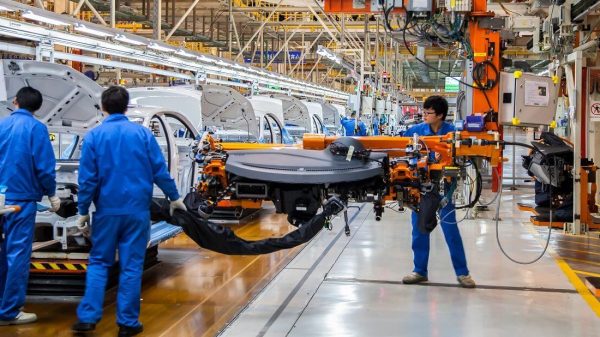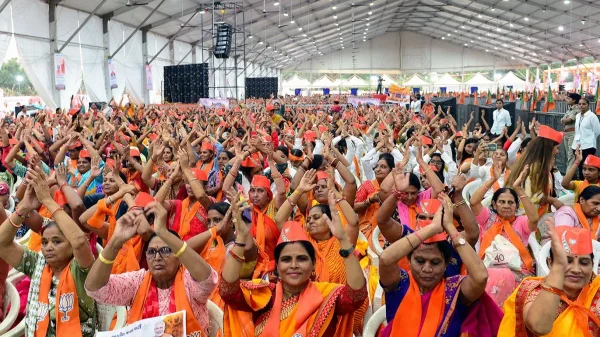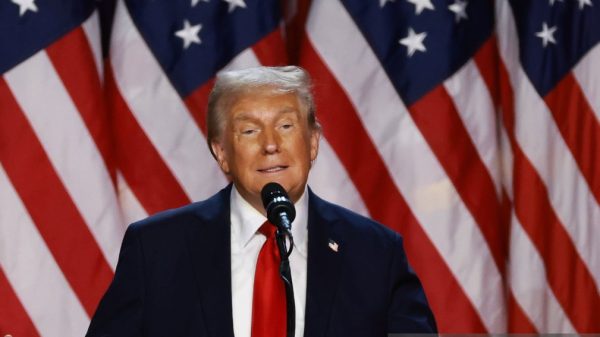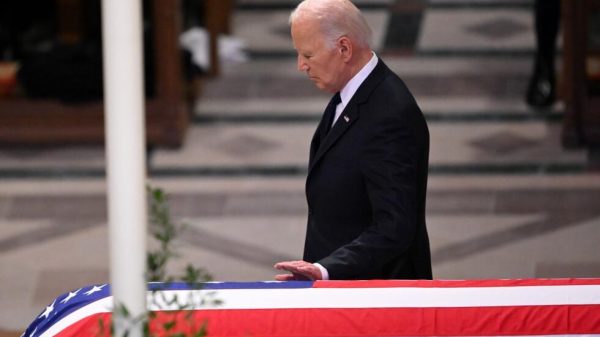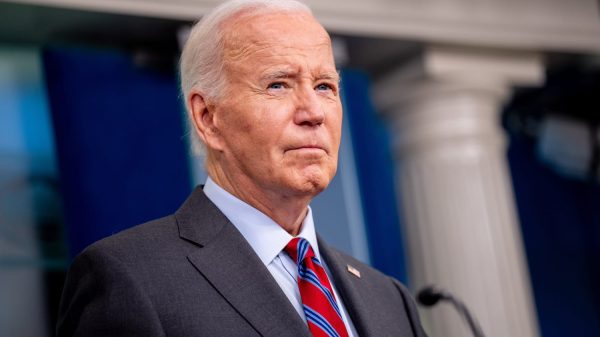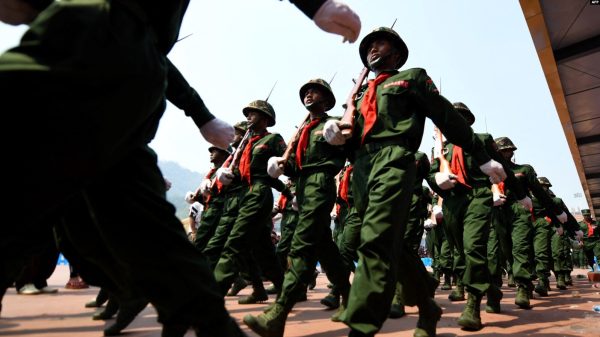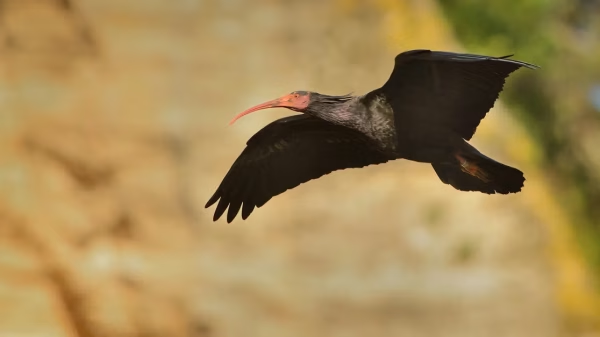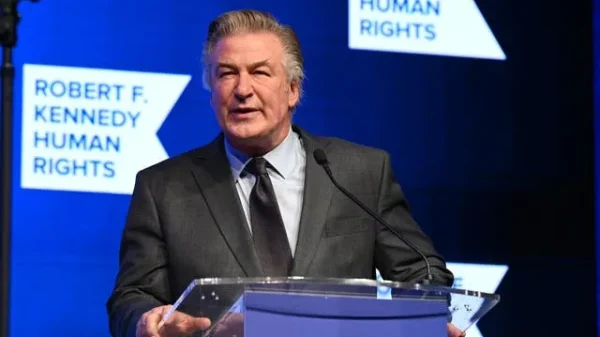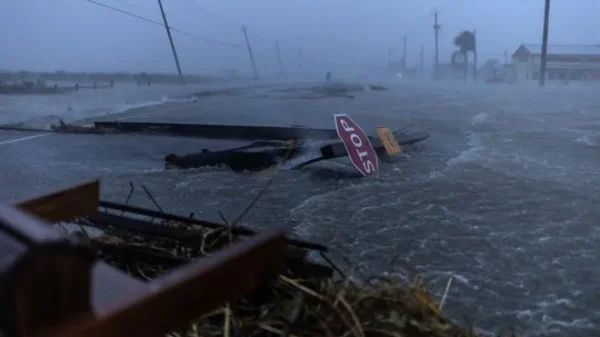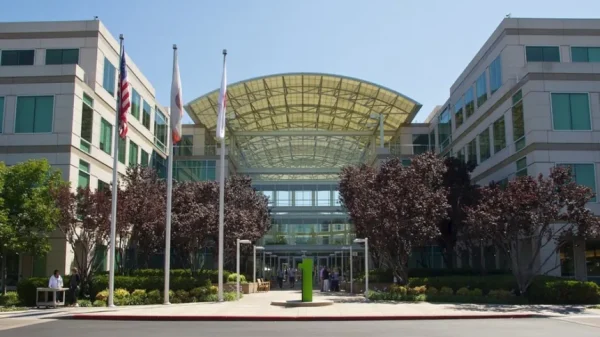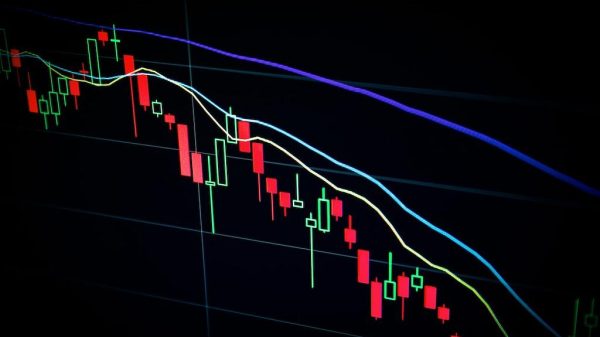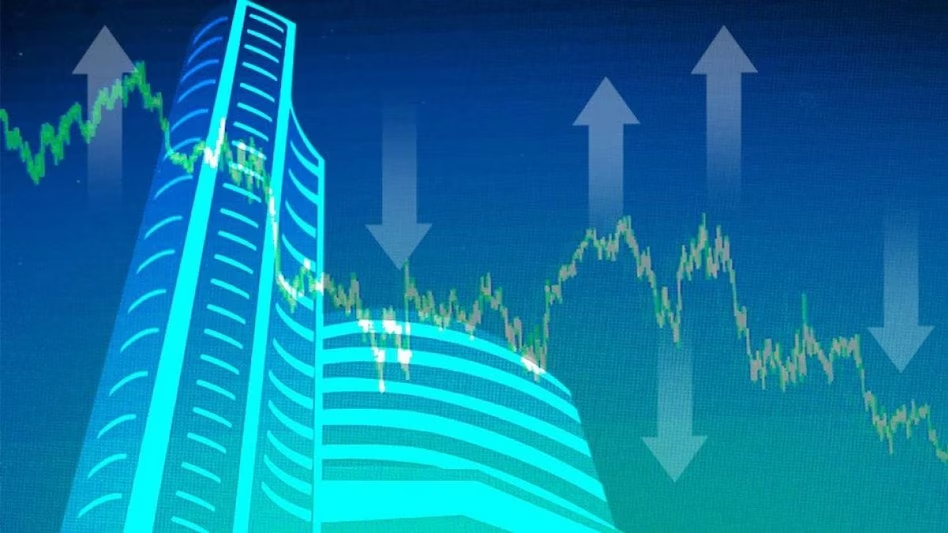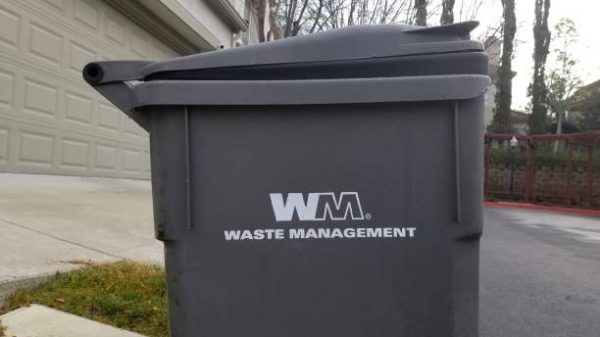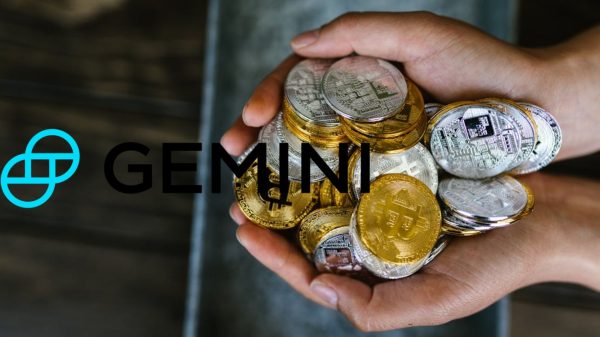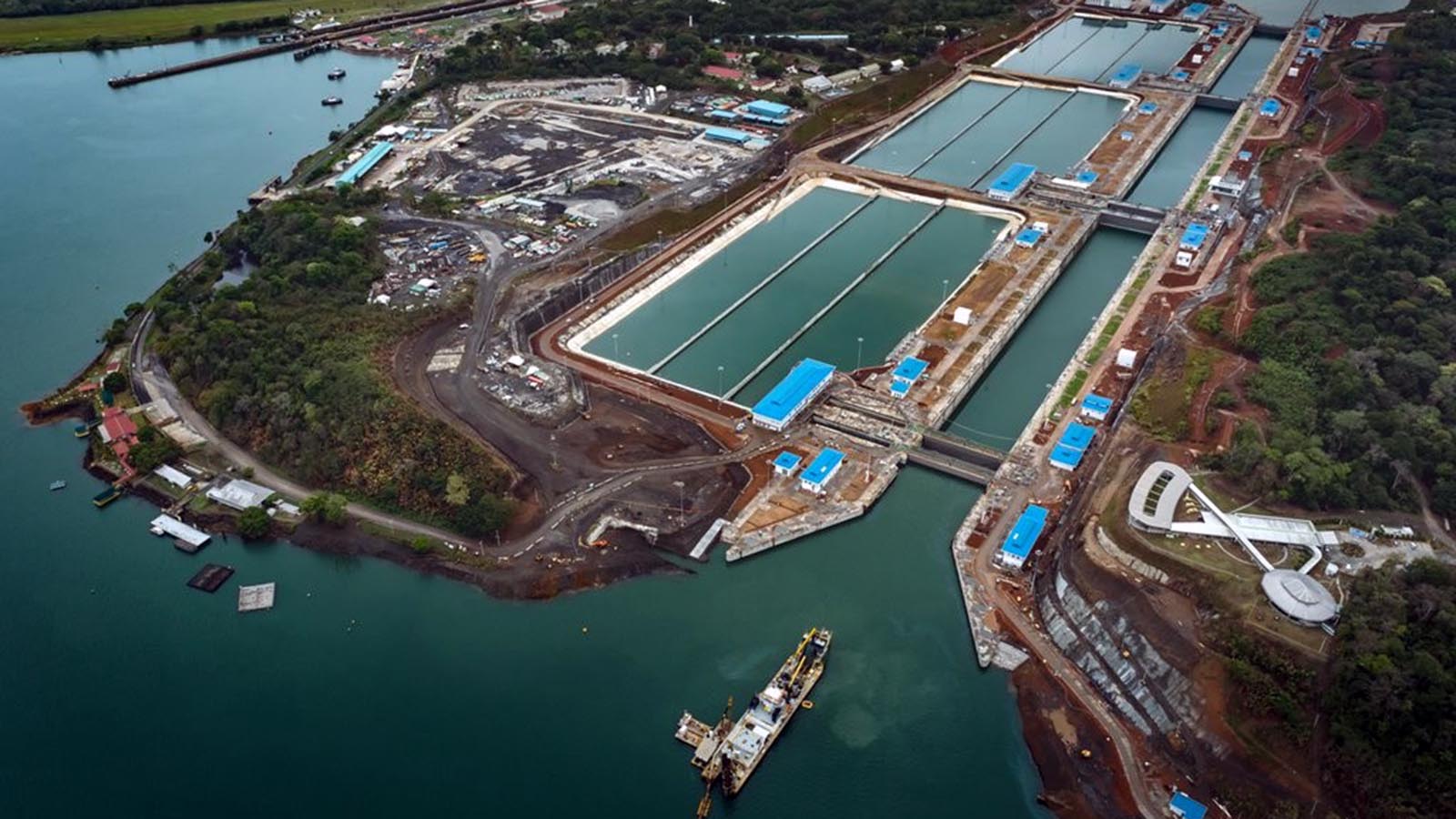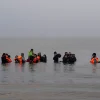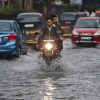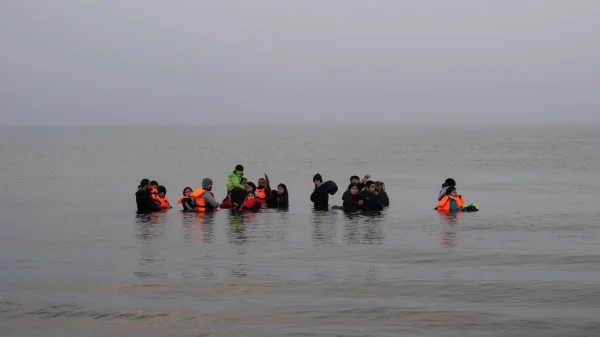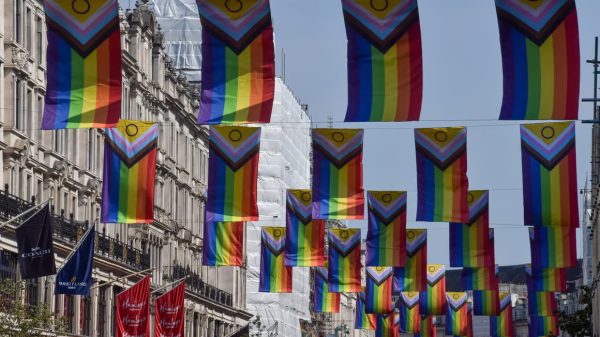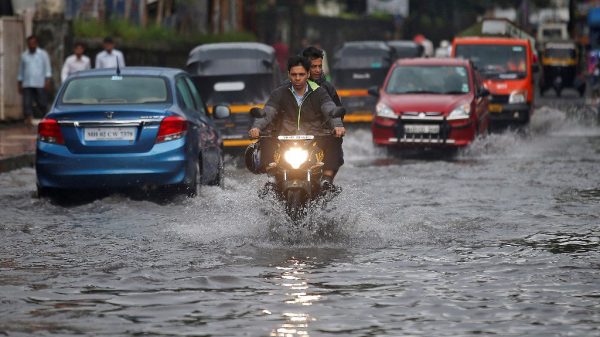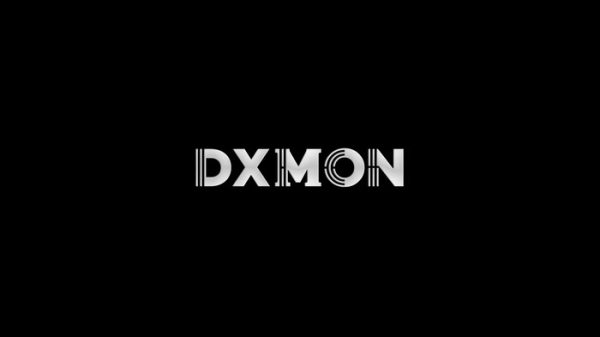From a state-of-the-art control room overlooking the Cocolí locks—offering a panoramic view of lakes, rainforest canopy, and eventually, the Atlantic Ocean—it is almost imperceptible that the era of gunboat diplomacy is making a return to the Panama Canal.
Yet, just four days into Donald Trump’s second term as president, that moment appears to have arrived. Declaring that he is “taking back” the Panama Canal, Trump has sparked a media frenzy, with television crews from Washington to Beijing descending on the site to cover what some fear could escalate into a crisis reminiscent of the 1989 U.S. military invasion.
Despite Trump’s assertions, there is little evidence of the Chinese influence he claims dominates the waterway. Canal administrators have also denied his accusations of overcharging U.S. ships. While Panama may have the facts on its side, the pressing question is whether that still carries weight in today’s geopolitical climate.
“If you come and see it, it’s pretty obvious,” said Ilya Espino de Marotta, the Panama Canal’s deputy administrator, when asked in the control tower about Trump’s allegations. “We are a very transparent entity.”
U.S. Secretary of State Marco Rubio may soon witness this firsthand. As part of his first international tour in office, he is scheduled to visit several Latin American countries, and discussions are already underway about a potential meeting with the canal’s leadership.
“I understand he is going to meet with the administrator of the canal,” Espino de Marotta told adding that while she could not confirm his official itinerary, she hoped he would visit the site.
Rubio’s possible visit—part of a week-long diplomatic trip that includes stops in Guatemala, El Salvador, Costa Rica, and the Dominican Republic—has not been publicly reported before.
“The canal is managed 100% by Panamanians. We are an autonomous entity,” emphasized Espino de Marotta, who began her career in the canal’s shipyard in 1985, back when it was still under U.S. control.
Rising through the ranks, she played a key role in the canal’s ambitious expansion. “There is no Chinese management of the canal.”
Conversations with current and former officials, analysts, and rights advocates reveal a nation of just 4.5 million people anxiously assessing Trump’s intentions—and the lengths he may go to achieve them.
Trump has refused to rule out military action to take control of the canal—or even annexing Greenland. On Friday, it was reported that he had a heated phone call with Denmark’s prime minister over U.S. claims on Greenland, a conversation that, according to five European sources, “went very badly” and left Denmark in “crisis mode.”
In Panama, a nation with a dollarized economy and a history of American intervention, the atmosphere is thick with uncertainty. While few anticipate a military incursion, economic pressure is a real possibility.
Trump’s claims of canal mismanagement have struck a nerve. Days after he issued his first threats, three former Panamanian presidents joined current President José Raúl Mulino in a rare display of unity in the country’s often fractured political landscape.
“Some people don’t care about facts, but they’re there,” said Martín Torrijos, who served as Panama’s president from 2004 to 2009 and spearheaded the canal’s expansion. Speaking from his office overlooking Panama Bay, he underscored the importance of setting the record straight.
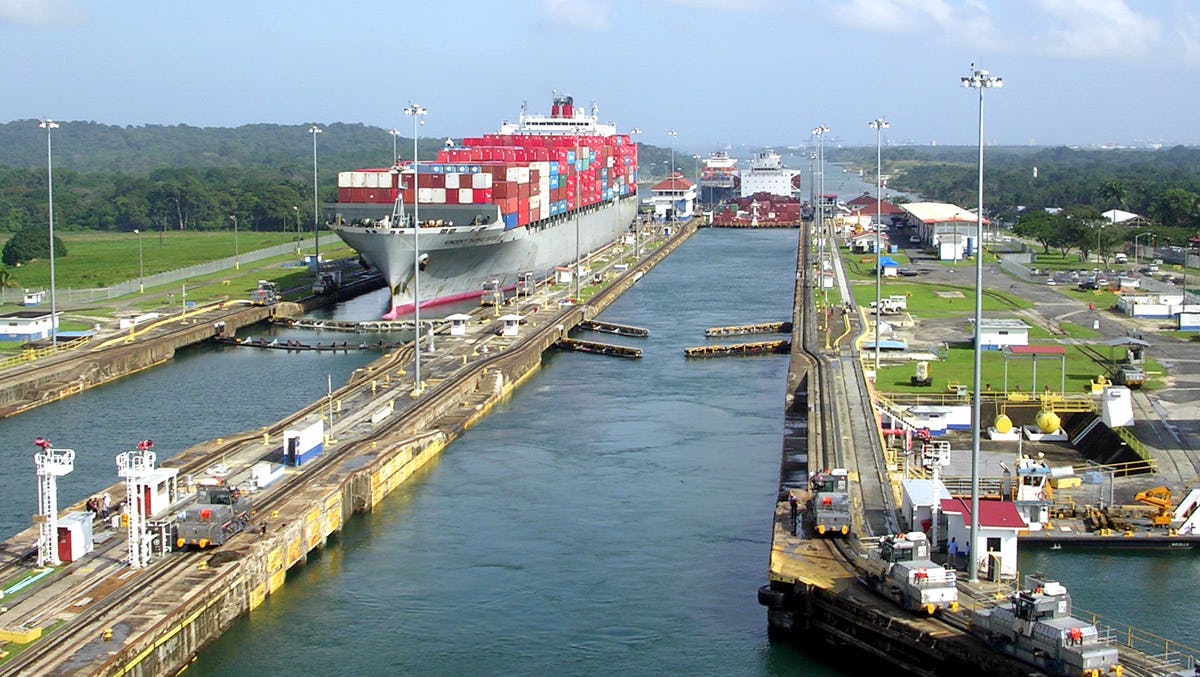
Panama Canal Passage
Torrijos’ father, General Omar Torrijos, was instrumental in securing the canal’s handover from the U.S. In 1977, he signed treaties with then-President Jimmy Carter, finalizing a transition that culminated in Panama assuming full control of the canal by 1999.
Last month, Torrijos attended Carter’s funeral, where he recalled old U.S. opponents of the handover admitting it had been the right decision all along.
(At the time, the transfer was hotly contested. Ronald Reagan famously opposed it, declaring, “We built it, we paid for it, it’s ours.” A decade later, the U.S. would invade Panama to depose dictator Manuel Noriega.)
However, Torrijos dismissed the notion that the U.S. could now reclaim the canal through force. “The era of U.S. military presence in Panama ended on December 31, 1999, at noon,” he stated, sitting beneath a portrait of his father painted by a Cuban artist. “They are not coming back.”
For Panama, appearing in Trump’s inauguration speech was an unwelcome development. His campaign threats to reclaim the canal had been turned into a formal pledge for his second term.
“I don’t think Panama has a clear strategy,” said political analyst Danilo Toro. He argued that President Mulino should have done everything possible to avoid becoming a focal point in Trump’s speech. “It’s going to be much harder for Panama now. If it doesn’t act quickly, things will only get worse.”
Yet, in an era where political narratives often overshadow facts, Panama’s objections may not be enough. The country might soon find itself in a position where making concessions is the only way forward.
Last week, Panama’s comptroller launched an audit of two key ports at either end of the canal—both owned by a Hong Kong-based company. Rubio had previously claimed that China could leverage these ports to “turn the canal into a choke point in a moment of conflict,” posing a direct threat to U.S. national security.
Skeptics suspect the audit could be a pretext to seize the ports from their current owners. However, officials maintain that the financial review was long planned and devoid of political motivations. Watchdog organizations cautiously agreed, noting that a recent contract renewal for one of the ports had raised concerns and seemed unfavorable for Panama.
Additional port audits are forthcoming, according to the comptroller, and entire industries—such as electric utilities—are undergoing financial reviews.
“This is not a witch hunt,” said Anel Flores, Panama’s newly appointed comptroller general, in an interview. “We just want to determine the real financial figures and whether Panama is receiving what it rightfully deserves.”
Flores estimated the audit could take 45 days but declined to speculate on its outcome. However, he did confirm that its findings could provide grounds for Panama to revoke the concessions held by the Chinese-owned firms.
Such a move would be a geopolitical bombshell, warned Lina Vega Abad, head of Transparency International’s Panama chapter. “The government would need exceptionally strong proof,” she said, predicting fierce resistance from China. “This could also send a dangerous message to other foreign investors.”
Still, some believe this approach may be Panama’s only viable strategy for managing its relationship with Trump. “It might be the only way for the new government to navigate this situation,” Toro noted.
Before Trump’s threats, he was not necessarily unpopular in Panama City. Some prominent figures, like Mayor Mayer Mizrachi, have openly embraced him. Known for cruising around town in a Cybertruck, Mizrachi frequently posts about Trump, Elon Musk, and Joe Rogan on social media.
Following Trump’s remarks about seizing the canal, Mizrachi took to X to emphasize that while Panama sought dialogue, it would “never be the 51st state.”
Despite the tension, Mizrachi remains optimistic. “I’m concerned but not scared,” he said. “I’m a huge believer in American democracy, capitalism, free speech, and innovation.”
He added, “I was excited when Trump won. I made it very clear—I even posted a picture. My view is that we finally have a U.S. president who is paying attention to Panama. And I think that’s a good thing.”
Across town, in a small café, Paula Rodriguez recalls a different kind of American attention—one that left lasting scars.
On December 20, 1989, during the U.S. invasion of Panama, her father, Lt. Octavio Rodriguez, was on duty when Navy SEALs stormed an airfield targeting Noriega’s Learjet.
Rodriguez and his troops engaged them in combat, resulting in the deaths of four U.S. soldiers. He was fatally wounded that night—one of hundreds of Panamanians killed.
Rodriguez was just three years old. Today, she organizes an annual music event called Never Forget.
“Panamanians rise up, we defend, and we unite to protect our country and people,” she said. “This isn’t just about the canal—it’s about our integrity.”
Social media reflects the national mood. “People are angry,” she said. “They’re saying, ‘No way—this is not happening again.’”


